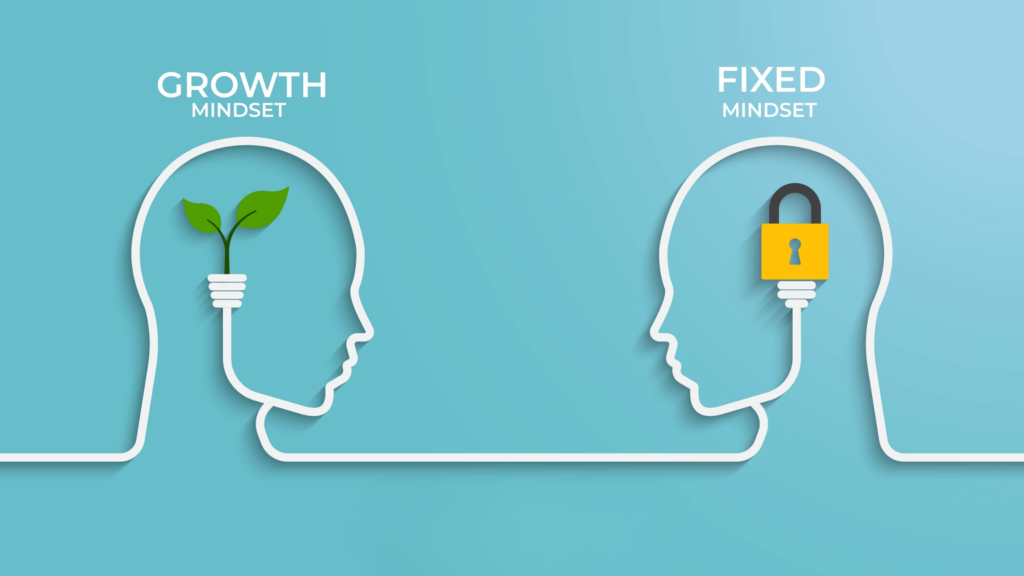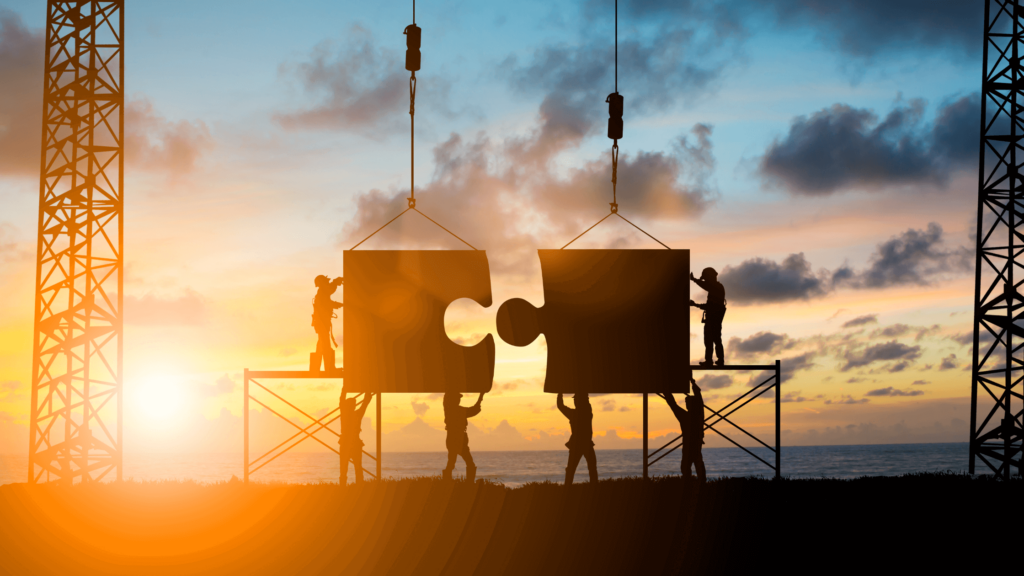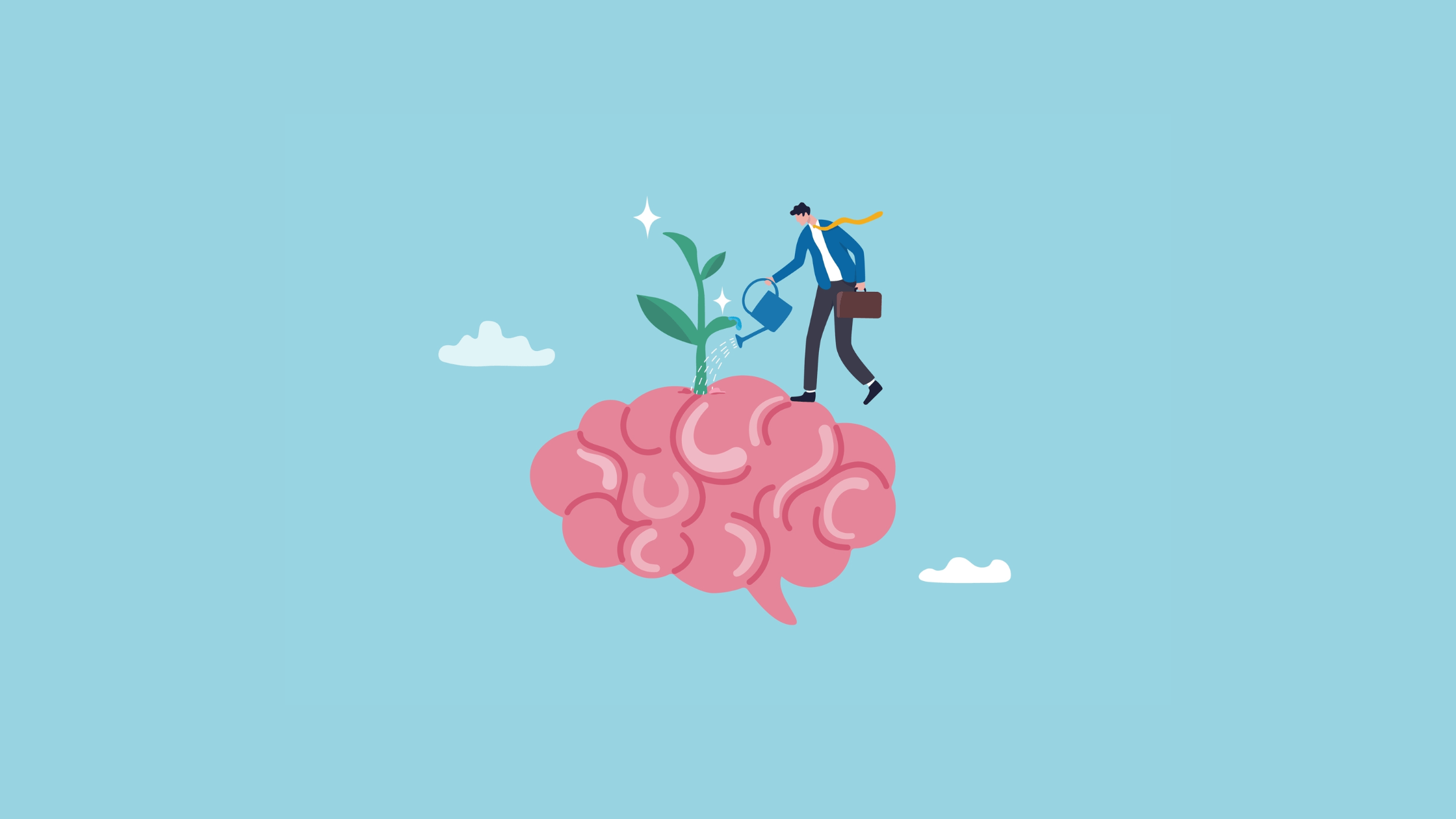Understanding the role of mindset is especially critical in an industry that demands adaptability, creativity, and collaboration to thrive in an ever-changing landscape. How you approach challenges and opportunities can shape your success. The mindset you bring to leadership, team dynamics, and innovation directly impacts project outcomes and long-term growth.
Quick look
- A growth mindset in AEC fosters adaptability, creativity, and collaboration, driving long-term success in a fast-evolving industry.
- Leaders with a growth mindset encourage innovation, embrace challenges, and build trust, significantly enhancing team performance and decision-making.
- Growth-oriented professionals adopt cutting-edge technologies and creative problem-solving approaches, positioning organizations for a competitive edge.
- Cultivating a growth mindset requires self-reflection, lifelong learning, and fostering a feedback-rich culture for continuous improvement in the construction sector.
Understanding mindsets

Fixed mindset
A fixed mindset operates on the belief that abilities and intelligence are set in stone. People with this mindset often avoid challenges because they fear failure, give up quickly when things get tough, and see effort as a waste of time. In the AEC industry, a fixed mindset can stall progress. For example, leaders or teams may resist adopting new technologies, clinging to outdated methods even when better tools are available. This reluctance can hinder innovation and make adapting to the industry’s evolving demands harder.
Growth mindset
On the other hand, a growth mindset is all about the belief that abilities can be developed through hard work, learning, and persistence. People with this mindset welcome challenges, view setbacks as opportunities to improve, and understand that effort is the key to mastery. In the AEC world, a growth mindset can drive innovation and success. Leaders and teams with this perspective are more open to trying new methods, embracing cutting-edge technologies, and continually improving their processes to stay ahead in a competitive landscape. It’s the kind of mindset that turns obstacles into stepping stones.
How do mindsets work in AEC leadership?
Decision-making
Leadership in the AEC industry often involves making high-stakes decisions under tight deadlines. A fixed mindset in decision-making leans heavily on traditional methods, prioritizing safety and predictability over innovation. Leaders with this mindset may avoid taking risks, even when opportunities for growth or efficiency improvements present themselves. This can result in missed chances to adopt emerging technologies or streamline operations.
In contrast, leaders with a growth mindset approach decision-making with curiosity and flexibility. They encourage experimentation and actively seek out diverse perspectives to inform their choices. This openness allows them to navigate complex challenges with creative solutions, fostering innovation and team adaptability. For example, a growth-minded leader might use AI-driven project management tools to optimize workflows, recognizing the long-term benefits despite an initial learning curve.
Team development
A leader’s mindset significantly influences team dynamics. A fixed mindset can limit a team’s potential by creating an environment where feedback is discouraged and mistakes are viewed as failures rather than learning opportunities. Team members may hesitate to voice their ideas or take initiative, stifling creativity and collaboration.
On the other hand, a growth-minded leader fosters a culture of learning and continuous improvement. They view challenges as opportunities for professional development and encourage their teams to embrace them. Feedback is welcomed and actively sought out, creating an atmosphere of trust and open communication. This approach helps team members feel valued and supported, increasing job satisfaction and productivity. For example, implementing regular skill-building workshops or mentorship programs can help team members grow their expertise and confidence.
How do mindsets impact innovation?
Technology adoption
Innovation in the AEC industry often hinges on the adoption of new technologies. Leaders and organizations with fixed mindsets resist these changes, viewing new tools as unnecessary or disruptive to established workflows. This hesitation can lead to stagnation, as competitors who embrace innovation gain a competitive edge. For instance, a company with a fixed mindset might avoid investing in Building Information Modeling (BIM) software, fearing the cost or learning curve, and as a result, miss out on its efficiency and accuracy benefits.
In contrast, a growth mindset drives proactive exploration and integration of cutting-edge solutions. Leaders who adopt this mindset understand that technology is an investment in future success. They are willing to experiment with tools like drones for site inspections, 3D printing for rapid prototyping, or AI-powered project management systems. By staying open to new possibilities, they position their teams and organizations to work smarter, reduce waste, and improve project outcomes.
Problem-solving
Problem-solving is a daily necessity, whether addressing unexpected site challenges or finding ways to meet tight deadlines. A fixed mindset often leads to viewing obstacles as insurmountable. Leaders and teams may default to blame-shifting or relying on outdated methods, which can prolong delays and increase costs. This approach limits creativity and collaboration, leaving teams stuck in a reactive mode.
A growth mindset, however, turns challenges into opportunities for innovation. Leaders and teams with this mindset actively seek creative solutions, often collaborating across disciplines to find the best path forward. For example, instead of seeing supply chain disruptions as a dead end, a growth-oriented team might explore alternative materials or prefabrication techniques to keep projects on track. This adaptability helps resolve immediate issues and strengthens the organization’s resilience against future challenges.
Benefits (and challenges) of a growth mindset

A growth mindset brings numerous advantages to the construction industry, where adaptability, collaboration, and innovation are essential for success:
- Enhanced adaptability: Adaptability is key in an industry that evolves as quickly as AEC. A growth mindset enables individuals and organizations to pivot when faced with unexpected challenges, such as new regulations or supply chain disruptions. This flexibility ensures projects stay on track and companies remain competitive.
- Improved team collaboration and morale: Teams thrive when they feel supported and empowered to grow. A growth mindset fosters a culture of openness and trust, where feedback is seen as an opportunity to improve rather than a critique. This approach boosts morale, encourages teamwork, and helps retain top talent in a competitive job market.
- Increased capacity for innovation and problem-solving: By embracing challenges and learning from setbacks, professionals with a growth mindset are better equipped to think creatively and develop innovative solutions. This mindset drives the adoption of advanced technologies and new construction methods, ensuring continuous improvement and long-term success.
While the benefits of a growth mindset are clear, adopting and sustaining it can come with challenges:
- Overcoming entrenched fixed mindset cultures: Shifting an organization from a fixed to a growth mindset requires significant effort, especially in industries where traditional methods and attitudes may dominate. Leaders must lead by example and actively encourage openness to change, which can take time and persistence.
- Continuous commitment to personal and professional development: A growth mindset isn’t a one-time decision—it’s a commitment to ongoing learning and improvement. This requires individuals and teams to seek training, feedback, and opportunities for growth, even when it feels challenging or uncomfortable. Maintaining this level of dedication can be demanding, especially during busy project cycles.
How to cultivate a growth mindset
Self-reflection
Growth begins with self-awareness. Assessing one’s skills is a critical first step for people in leadership roles. This involves honestly evaluating how one approaches challenges, setbacks, and opportunities. Do they tend to avoid risks or dismiss new ideas too quickly? Are they open to learning from others, even those at different levels of expertise?
Once these patterns are identified, leaders can pinpoint areas for personal growth. For example, they might commit to seeking feedback from their teams, participating in professional development courses, or practicing resilience during challenging projects. Self-reflection fosters personal growth and sets a powerful example for others to follow.
Organizational practices
Cultivating a growth mindset isn’t just an individual effort—it requires an organization-wide commitment to fostering a culture of learning and development.
Organizations should encourage continuous education through training programs, workshops, or mentorship opportunities. When teams see that learning is prioritized, they’re more likely to embrace challenges and seek growth. For example, hosting regular lunch-and-learn sessions on emerging technologies or industry trends can inspire curiosity and innovation.
In addition, policies that recognize and reward effort can significantly promote a growth mindset. Instead of celebrating outcomes, leaders should acknowledge the process and perseverance behind achievements. Highlighting team members who take calculated risks or contribute innovative ideas—even if they don’t always succeed—reinforces the value of growth and experimentation.
How to practice and nurture a growth mindset
Encourage lifelong learning
When individuals feel supported in their personal and professional development, they’re more likely to embrace a growth mindset, and staying informed about the latest industry trends, technologies, and techniques is essential for growth. Organizations can support this by providing access to workshops, certifications, and online courses tailored to the needs of their teams. Leaders can further nurture lifelong learning by encouraging cross-discipline training—helping team members expand their skill sets beyond their immediate roles.
Embrace challenges
Obstacles and challenges are inevitable in construction and surrounding disciplines, but they also provide the best opportunities for learning and innovation. Encouraging teams to take on challenging projects or experiment with new approaches can foster resilience and creativity. For example, adopting sustainable building practices or integrating AI-driven design tools might seem daunting initially, but they open doors to long-term efficiencies and innovation. Leaders can model this mindset by framing setbacks as opportunities to learn rather than reasons to assign blame.
Provide constructive feedback
Feedback is one of the most powerful tools for cultivating a growth mindset, but it needs to be delivered thoughtfully. Constructive feedback focuses on effort and areas for improvement rather than just outcomes. It should empower individuals to learn and grow rather than feel criticized. Leaders can create a feedback-rich culture by making it a two-way process—encouraging team members to share their thoughts. For example, regular one-on-one meetings where feedback is given and received help establish trust and promote open communication. When feedback is valued and normalized, teams are more likely to embrace continuous improvement.
Bottom line
Adopting a growth mindset isn’t just a personal choice—it’s necessary to thrive in a dynamic, ever-evolving field. Leaders and teams with a growth mindset are more adaptable, innovative, and collaborative, setting the stage for long-term success. By embracing challenges, investing in lifelong learning, and fostering a culture of constructive feedback, AEC professionals can drive meaningful progress for their projects and organizations.
Ready to lead with a growth mindset? Subscribe to our newsletter and follow us on social media for insights, tips, and strategies to help you and your team thrive in the ever-changing world of AEC. Let’s build the future together—one mindset at a time!


